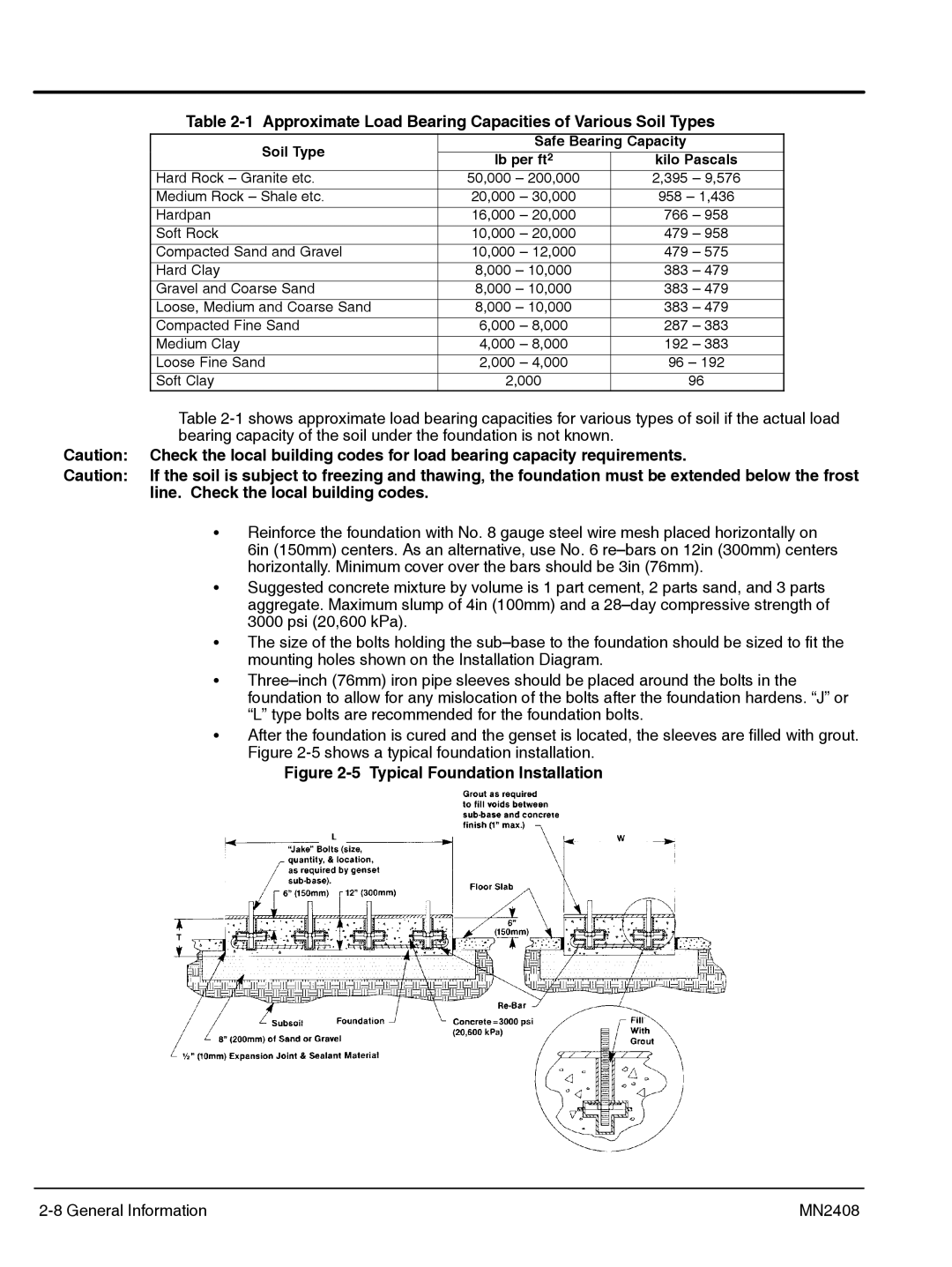
Table 2-1 Approximate Load Bearing Capacities of Various Soil Types
Soil Type |
|
| Safe Bearing Capacity |
| ||
lb per ft2 | kilo Pascals | |||||
| ||||||
Hard Rock – Granite etc. | 50,000 | – 200,000 | 2,395 | – 9,576 | ||
Medium Rock – Shale etc. | 20,000 | – 30,000 | 958 – 1,436 | |||
Hardpan | 16,000 | – 20,000 | 766 | – 958 | ||
Soft Rock | 10,000 | – 20,000 | 479 | – 958 | ||
Compacted Sand and Gravel | 10,000 | – 12,000 | 479 | – 575 | ||
Hard Clay | 8,000 | – 10,000 | 383 | – 479 | ||
Gravel and Coarse Sand | 8,000 | – 10,000 | 383 | – 479 | ||
Loose, Medium and Coarse Sand | 8,000 | – 10,000 | 383 | – 479 | ||
Compacted Fine Sand | 6,000 | – 8,000 | 287 | – 383 | ||
Medium Clay | 4,000 | – 8,000 | 192 | – 383 | ||
Loose Fine Sand | 2,000 | – 4,000 | 96 – 192 | |||
Soft Clay | 2,000 |
| 96 | |||
Table
Caution: Check the local building codes for load bearing capacity requirements.
Caution: If the soil is subject to freezing and thawing, the foundation must be extended below the frost line. Check the local building codes.
SReinforce the foundation with No. 8 gauge steel wire mesh placed horizontally on 6in (150mm) centers. As an alternative, use No. 6
SSuggested concrete mixture by volume is 1 part cement, 2 parts sand, and 3 parts aggregate. Maximum slump of 4in (100mm) and a
SThe size of the bolts holding the
S
SAfter the foundation is cured and the genset is located, the sleeves are filled with grout. Figure
Figure 2-5 Typical Foundation Installation
| MN2408 |
